Born in 1941 and brought up in Bangor, Co. Down, Patrick Taylor managed to hoodwink the examiners in Belfast in 1964 and London in 1969 to become a physician and then a specialist Ob/Gyn. He spent 37 years in Canada, working in the field of human infertility, teaching at a series of universities and churning out a string of texts and research papers, more remarkable for their quantity than quality. In 1989, he turned his hand to writing humour columns for medical and sailing magazines, a pastime he follows to this day. A keen offshore sailor his account of his 2000 Victoria to Maui race is his most prized race report.
My husband bought me my first Patrick Taylor novel, and I've bought every one he's produced since then. So having him on Novel Journey today is a distinct pleasure for me. Besides being a fellow Irishman, or perhaps because he's an Irishman, he's a master and colorful storyteller.
Patrick, welcome. You told me you were finishing the 6th manuscript for the Irish Country Doctor series. Tell us about your new release.
This is a departure. It’s working title is An Irish Student Doctor. Four of its predecessors have been set in the gentle village of Ballybucklebo in Ireland in the 60s. Reviewers have remarked on “the idealised village” and fair enough. The books are light escapism seen through rose coloured spectacles. They are peopled with familiar characters.
The new one, is neither. It is part of the story of how Doctor Fingal Flahertie O’Reilly became the man he is in the 60s. It follows his student years at Trinity College Dublin in the 30s. It deals with a less than ideal father-son relationship, the concept of how and what makes true friends, and Kitty O’Hallorhan, the nurse who came back into his life in Courtship and who he first met in 1934, and left to marry another woman.
It is set against the primitive medical practices of the day and the seamy side of the Dublin tenements where people lived 16 to a room,and deprivation notwithstanding, the humour and fortitude of the Dubliners.
What made you decide to start writing these novels? Was there a specific 'what if' moment?
No specific “what if?” moment. I’d been writing medical humour columns for years all about a central eccentric character. I had 90,000 words. When my first novel, a techno-thriller was was published, I asked my editor to read the columns with a view to sticking them between covers. She was quite charming. “If your name was Garrison Keillor I’d do it in a flash, but it’s Patrick Taylor (Sub text. Who the hell’s ever heard of Patrick Taylor?) but I really like the characters so go away and write me a novel about them.”
I did. I’d absolutely no idea it would turn into a never ending series.
Every novelist has a journey. Since the majority of our readers are novelists, please tell us how long was your road to publication? How did you find out and what went through your mind?
I wrote my first fiction, a short story, in Belfast in 1969. The Troubles were just starting and I was deeply concerned. The story about a Catholic boy who joins the British Army - and is posted back to Belfast to confront his own family - was cathartic. It and a couple of others lay gathering dust, while I pursued an academic career writing very dry stuff, but I supose learning the trade, and I wrote humour columns for fun.
I was for 10 years editor in chief of a medical journal. The publisher was a literary man who asked to see the short stories I’d written. In 1995, he showed them to Anna Porter, then owner of Key Porter Books. She said, "Let me have 16 of these and I’ll publish."
I found out when I was cruising in a remote part of British Columbia. It was a glorious day when my VHS went off and it was a friend who ran a fishing camp.
“I’d a call from your journal publisher. He says, whatever it means, ‘Anna will publish your stories.’”
What went through my mind? Do you mind blasphemy? My very first thought was “Holy [beep].”
With that hurdle overcome, my friend Jack Whyte (Dream of Eagles, Knights Templar series) encouraged me to try long fiction and persuaded Janet Irving to be my agent. She put it with a colleague in NY who was unable to sell it. I went into a decline for two years until a friend Nick Bantock (Griffin and Sabine) found me a new agent who did sell the movie rights first and then the M/S to a Toronto house. My first thoughts? Guess.
I then wrote the first doctor book. Re-enter Jack Whyte who took it to Chicago, it had been short listed for some literary award in Canada, and showed it to the woman who was then acquiring editor for Forge and is now my agent, Natalia Aponte. He didn’t tell me. I was working on a thriller when my phone rang and she introduced herself and said she wanted to buy the book for Forge. Don’t ask my first thoughts. They weren’t original. After that I’ve been busy.
And the moral? It seems to be all about luck and who you know.
Do you ever bang your head against the wall from writer's block? If so, how do you overcome it?
Not really—so far. I think the trick is to believe in your characters, give them a slug line, “Will the young doctor be happy as a GP or will he want to specialise?” and turn the characters loose. They’ll take you down a lot of blind alleys, but that’s what a waste paper basket (or recycle bin on your computer) is for.
Do you consider yourself a visual writer? If so, what visuals do you use?
The answer is Irish. No and yes. No I don’t keep pictures pinned to a cork board. I can close my eyes ansd see hear and smell Ireland.
Yes, I have several source books of the architecture of a Dublin that I was too young to have seen and now no longer exists to help with my current work. I am heavily dependent on street maps of places I have forgotten.
I plan a work about O’Reilly’s service on a British battleship. I have several tomes including the marine architectural plans. And when it comes to sources. You can Google almost anything, but I am very glad I kept my old textbooks to remind me how medicine was practised in the 60s.
Novelists sometimes dig themselves into a hole over implausible plots, flat characters or a host of other problems. What's the most difficult part of writing for you?
The most difficult is believing what I have written is any good. The rest? I envy any writer to whom it all comes easily.
How do you overcome it?
I have been working with a fantastic editor, Carolyn Bateman from book 1. She is kind enough to believe in my work—and brutral enough to tell me when it’s rubbish.
Where do you write: In a cave, a coffeehouse, or a cozy attic nook?
I am very lucky. I can write anywhere—and have done. Presently I have a study overlooking my garden in Canada. I have a small CD player and usually work with opera on the machine. The photo is the views from my study in Ireland.
What does a typical day look like for you?
Day A (Weekends included): Wake up at nineish, shower, breakfast with Dorothy (Bacon and eggs on Saturday) write 10-1:30, lunch with D, write 2- 4 on good days the go for a walk with D, 5 on wet days. 6ish drop in at the local for a pint. Home. Dinner then it varies. Watch a movie, baseball, Go Red Sox or hockey, Go Flames. Read (non-fiction. Novelists are so much better they embarrass me and I start stealing their words) chat. Bed.
Day B: Random non-writing days. Whatever the day holds often away from home. We recently had some marvellous days in Nice, Gruisson, Dublin, Venice. European travel is dirt cheap.
Some authors report writing 5-10 thousand words a day. Do scenes flow freely from your veins or do you have to tweeze each word out?
I do 2,000 a day. They flow, but then so does sewage. I’ve already alluded to the recycle bin. It’s hackneyed, but true. Writing is easy for me. The rewriting kills me.
What’s the best writing advice you’ve heard?
Danny de Vito to Billy Crystal in Throw Momma from the Train. “Writers write.”
Do you have any parting words of advice?
Me? Not really. I’m still in a state of shock that a broken down old gynaecologist can get his novels published. On those grounds tell yourself, “If Taylor can do it, by all that’s holy, so can I,” and keep writing.
An Irish Country Doctor was a New York Times best-seller in hard back. In trade paper it was a best seller in Canada and on both the NY Times and USA Today lists. The audiobook edition was released by MacMillan in June 2009. The Irish/UK hard back edition was released by Brandon Press Nov 4th 2008. The paper back edition was released June 2 2009.
The second book in the series, An Irish Country Village, was released on February 5th 2008 in Hard Cover as well as an audio book. Patrick discusses An Irish Country Village, mp3 file available by clicking here. It was released in trade paper in February 2009.
An Irish Country Christmas Was released as a trade paper edition in 2009 and will be as mass market paper in Canadian and US editions Nov 2 2010. It too was a Globe and Mail best seller.
An Irish Country Girl was published in hard back in January 2010 and became a Globe and Mail best seller. It is available as an audio book and will be released in trade paper January 4th 2011.
An Irish Country Courtship released September 28, 2010. It's on the Canadian best-seller list and already in its second printing.




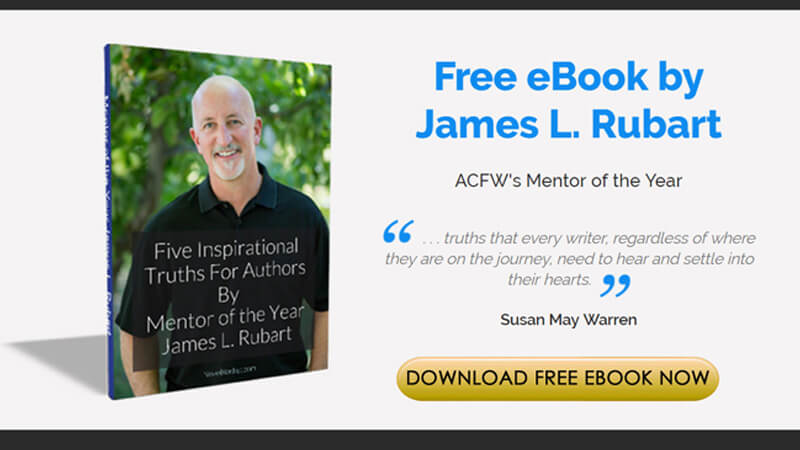
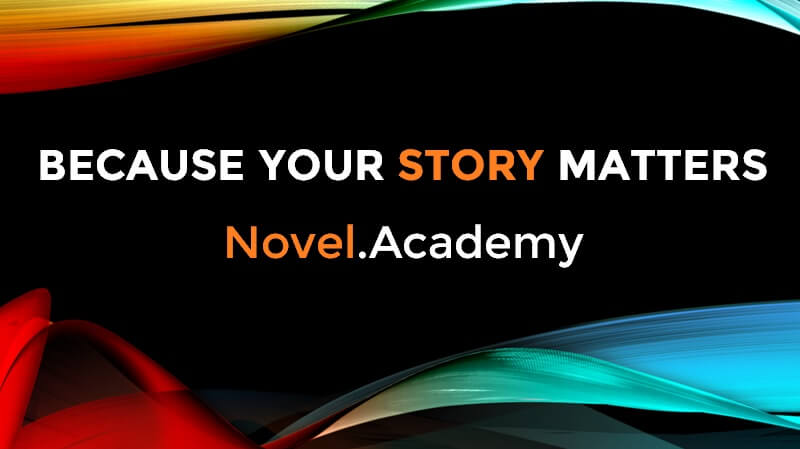
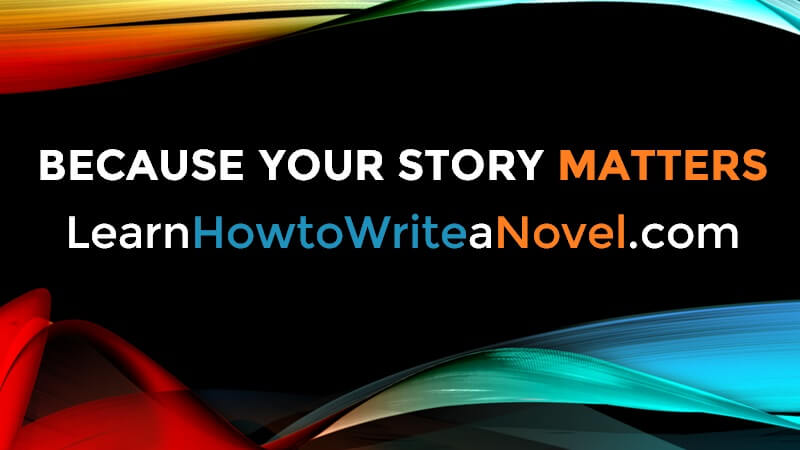
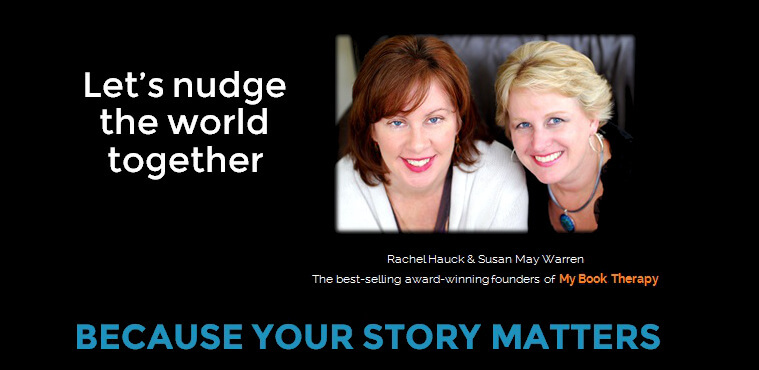
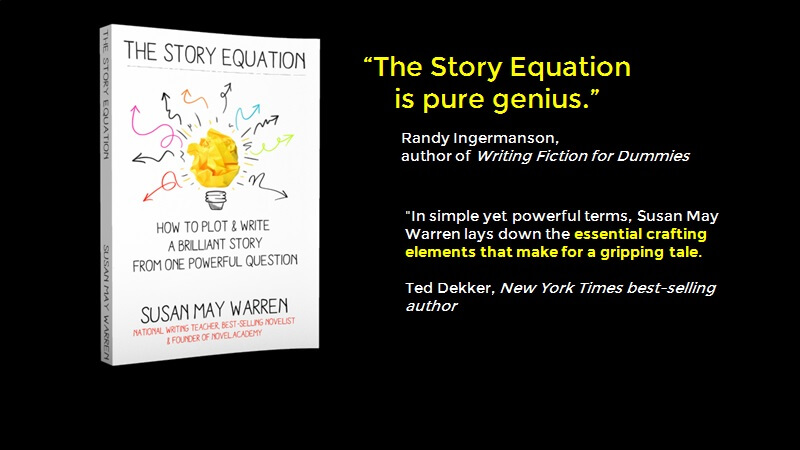







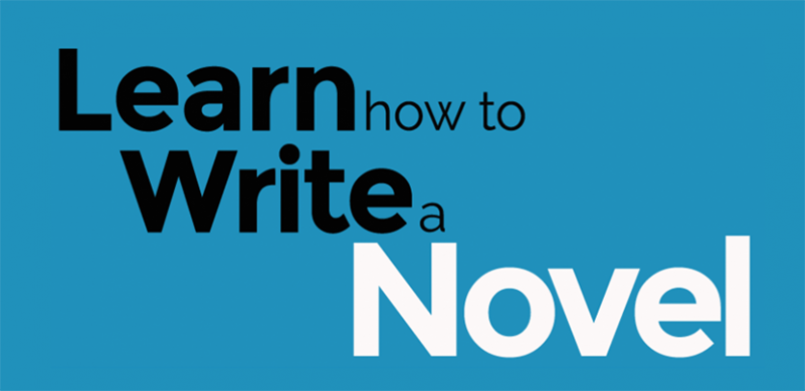


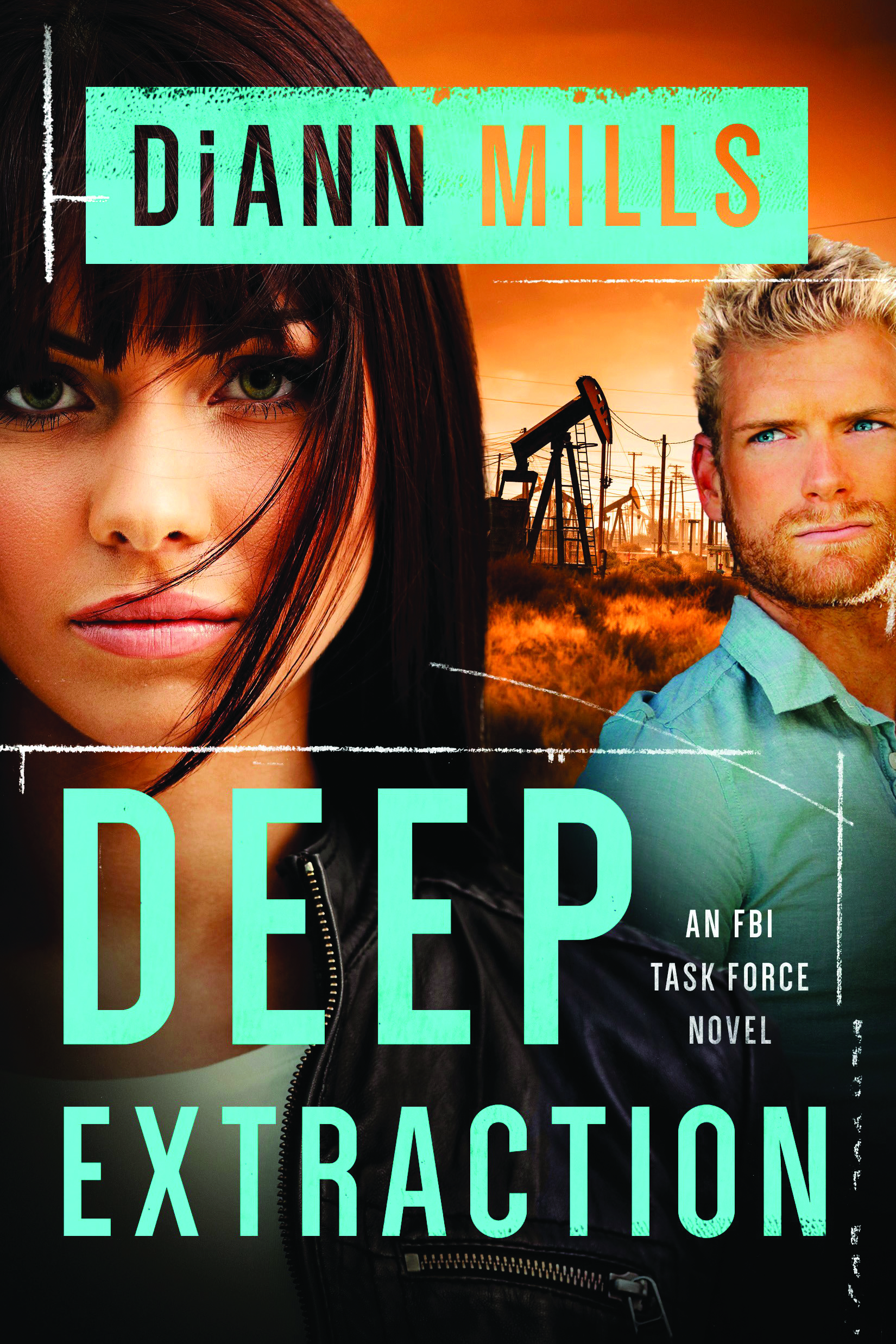
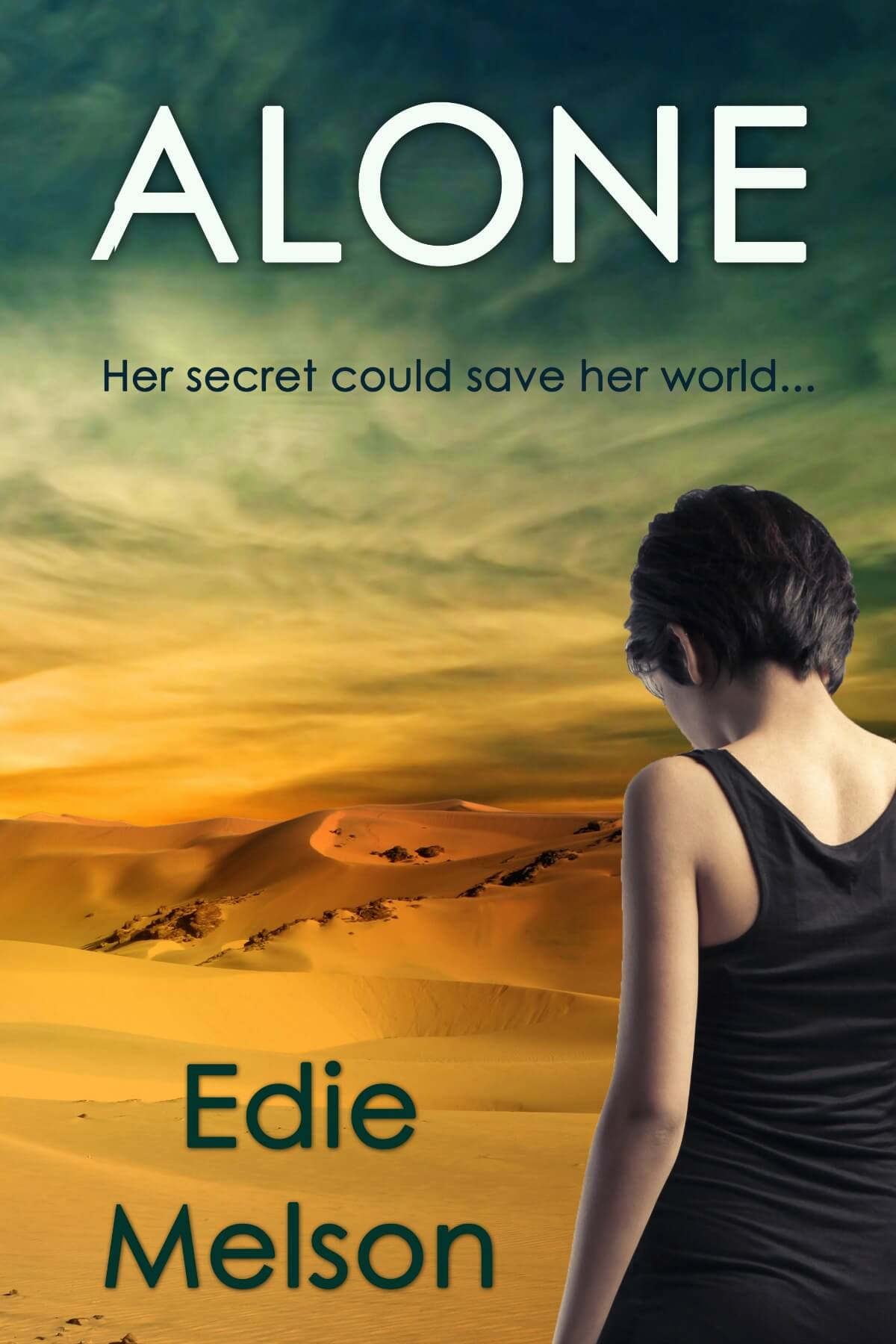









I, too, was born in 1941 and raised in Bangor. Bangor, Maine, that is. Had a completely different career but am now a full-time writer (was a writer all my life, from childhood through adulthood, as well as during that other career). Loved this posting.
ReplyDelete